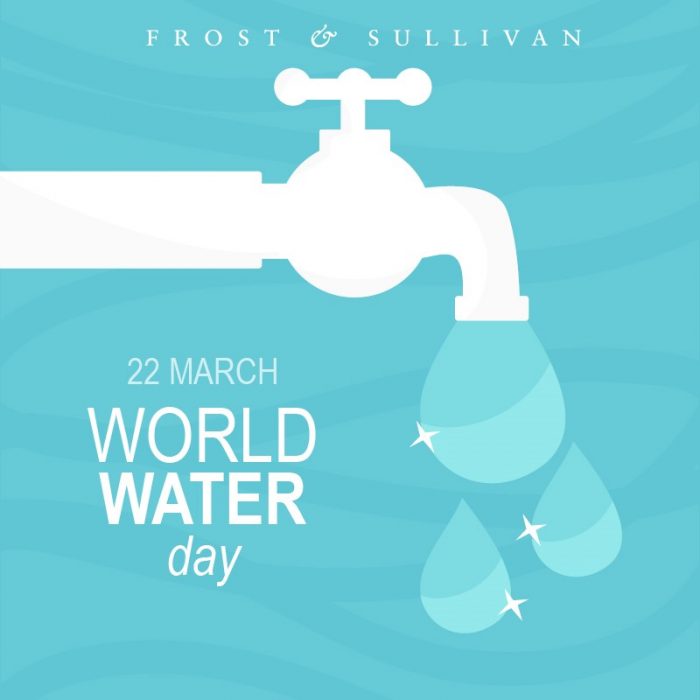Frost & Sullivan Embraces World Water Day 2018 by Sharing 4 Promising Technologies Inspired by Nature

With global water requirements increasing to 40% by 2030, according to Frost & Sullivan, now is the time to commit to ensuring the availability and sustainable management of water. Mounting environmental awareness and water stress challenges have pushed many to seek viable, energy-efficient and cost-effective solutions to address the growing issue of water security. On World Water Day 2018 Frost & Sullivan explores this year’s theme, “Nature for Water,” by acknowledging the influence and inspiration natural filtration and treatment processes lend to water technologies.
If you are interested in more information on nature-inspired water solutions and technologies or would like to speak to our experts, please email me ([email protected]).
“Global water networks are established to deliver consistent and reliable water services, but unfortunately the world and its water resources are seeing increasing instability,” said Seth Cutler, Environment and Water Senior Industry Analyst at Frost & Sullivan. “As a result, water technologies and solutions need to take further inspiration from nature in how it deals with instability in resources, distribution, and quality.”
Frost & Sullivan tracks the following technologies and solutions—and their growth potential—that take inspiration from nature:
- Disinfection, namely UV disinfection, provides rapid and effective inactivation of microorganisms, much like the sun’s rays, to decontaminate water. UV and advanced oxidation process (AOP) technology currently account for 30.0% of the total water and wastewater disinfection systems market, valued at $811.7 million. This technology is expected to account for 34.3% of the global water and wastewater disinfection systems market by 2024.
- Decentralization and mobile treatment: Recent Frost & Sullivan analysis reveals the global decentralized container treatment market will grow at a compound annual growth rate of 6.2% through 2023. This growth can be attributed to the linear, large-scale, centralized water network that will become increasingly complemented by a more dynamic and agile web of support through local treatment services.
- Membrane treatment is bringing increasing efficiency in energy use, footprint, and system simplicity in potable and wastewater applications. Taking inspiration from organic cells that selectively allow molecules to pass through a porous material, membranes are applied in desalination, groundwater treatment, and in wastewater applications through membrane bioreactors, a technology that is set to see global revenues grow by over 9.0% in 2018.
- Sludge treatment, in particular sludge digestion takes inspiration from natural processes through thermal hydrolysis. This technology increases temperature and pressure to speed up natural digestion processes, while also delivering benefits to volume reduction and dewatering, footprint, and improved nutrient recovery. Frost & Sullivan research positions the North American municipal biosolids market, which leverages thermal hydrolysis, growing at a compound annual growth rate of 9.0% through 2021.
According to UNESCO, about 1.9 billion people live in potentially severely water-scarce areas. By 2050, this could increase to close to 3 billion people. The aforementioned nature-inspired technologies and solutions can help meet increasing water needs of a constantly growing population and aid in creating a more sustainable future for water.
“Technologies and solutions needed to solve the most challenging issues in the provision of sustainable water and wastewater services across the globe already exist, and we owe nature much for its ingenuity and inspiration. While nature has provided much in the way of solutions, human-created barriers – economic, political/legislative, and lack of clear vision – hamper complete and equitable access,” stated Cutler. “Frost & Sullivan has confidence, however, that increasing awareness of critical water issues and needs through efforts, such as World Water Day, help to bring stakeholders together in overcoming these barriers.”


